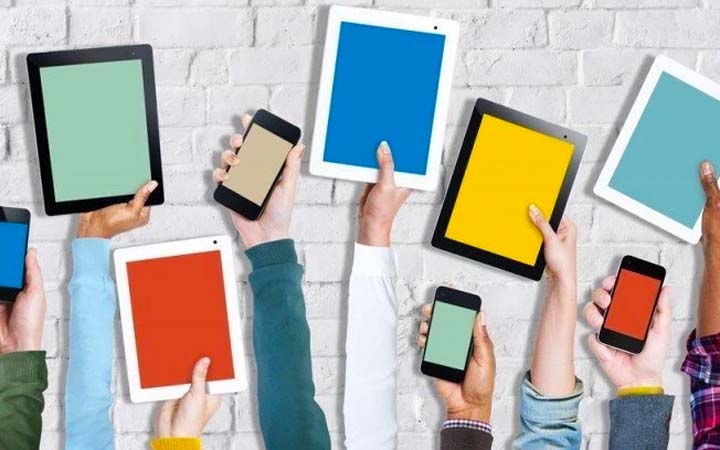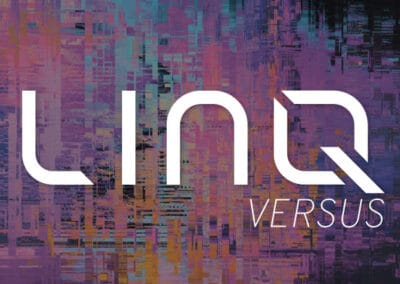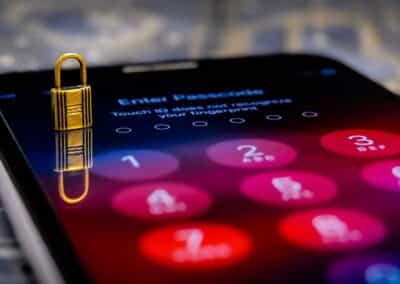
Technology gives employees the flexibility to work from almost anywhere, but managing their smartphones, tablets, and other mobile devices can be time-consuming and complicated.
For many companies, managing mobile devices is a challenge that leads to gaps and inefficiencies in security, operations, and visibility[1]. To streamline device management and protect valuable data, many businesses choose to employ Mobile Device Management (MDM) solutions and services.
What is MDM?
MDM is software that companies can use to monitor, manage, and protect their mobile devices to ensure a simple, consistent deployment experience and the secure use of devices.
The top reasons why companies adopt a centralized MDM platform include a desire to:
· Strengthen cybersecurity controls
· Simplify device provisioning and deployment
· Enforce company-wide policies
· Track, troubleshoot and wipe devices remotely
· Centralize and scale inventory without increasing staff workloads
· Reduce demands on IT and administrative teams
MDM Adds Security to Mobile Devices
According to Microsoft, mobile devices make up 60 percent of companies’ computing devices and handle 80 percent of the work. Yet, many companies don’t adequately protect these devices from a cybersecurity perspective — even though attacks on mobile devices have increased. That leaves companies vulnerable to data breaches, phishing, malware, and other security risks.
As many employers have learned over the past year, remote work significantly increases cybersecurity risk. The potential attack surface now extends beyond the company-controlled network, out to employees’ home networks and a larger number of endpoints. Hackers, well aware of these new vulnerabilities, have adapted their tactics accordingly.
MDM services improve mobile device security by allowing companies to:
- Secure users’ access to business resources while limiting their access to unsecured applications on company-owned devices
- Extend enterprise security approaches to mobile devices to facilitate the implementation of best practices, such as identity-based access and multi-factor authentication
- Keep operating systems and software up to date, ensuring users always have the best security defenses
- Segregate company applications and data from employees’ data in BYOD programs
Many companies have moved to hybrid work arrangements, with employees alternating between in-office and remote work. Of course, some industries, like construction, transportation, and real estate, will always have a significant portion of their workforces in the field. MDM can help both types of organizations leverage mobile devices in ways that connect employees with essential applications and data without compromising company, employee, or customer data.
Manage, Troubleshoot, and Update Devices with MDM
MDM simplifies the work of device provisioning, managing, updating, and troubleshooting. Some companies don’t have the bandwidth or expertise to manage these types of specialized tasks, and others use MDM so that staff can focus on strategic activities rather than ongoing device support.
Engaging a managed services provider to work with an MDM platform gives companies the best of both worlds: a technology solution that offers ease and security, together with human support to deliver best practices and recommendations.
For IT or administrative staff, an MDM creates efficiencies for:
- Configuring devices to increase consistency and enhance productivity
- Onboarding new employees remotely using a “zero touch” approach
- Pushing out applications (in-house and third-party) quickly and easily in a standard way
- Remotely wiping devices in the event of loss or theft
- Removing Activation Locks or previous user’s accounts to reuse devices
Configurations can be based on role-based personas — for example, salesperson, project manager, and leasing agent — in order to streamline the provision of resources.
Similarly, MDM helps to enforce company-wide policies at all levels of the organization. For instance, a 2020 survey found that 76 percent of C-level executives — among the most attractive targets for attack — had asked to bypass security protocols on mobile devices in the past year. By reinforcing policies and desired workflows, MDM can help to minimize risky exceptions like these.
Centralized management also makes it possible to configure and control devices remotely, eliminating employees’ need to physically bring their devices to a home base. For businesses that rely on a distributed workforce, this capability may be a necessity.
There are good reasons why mobile workforces are set to become the dominant business model. They increase flexibility, which helps companies adapt to changing conditions. They enhance customer service and expand access to new markets. Remote work options have become important for retaining top talent and expanding recruitment to broader geographical areas. MDM helps companies achieve these benefits, while retaining control, visibility, and security.
Learn more about how MDM and mobile managed services can save your company time and money with our Guide to Managed Cellular Services.
LINQ Tech Team



